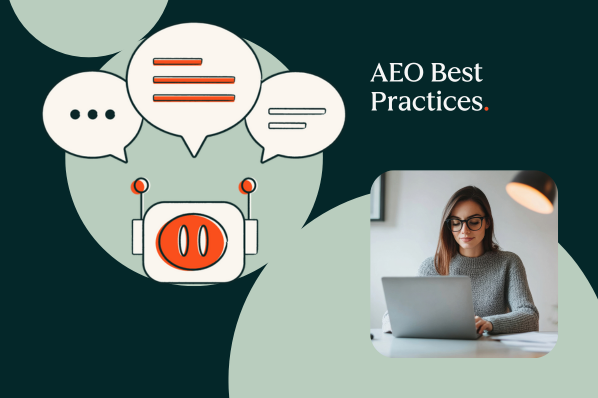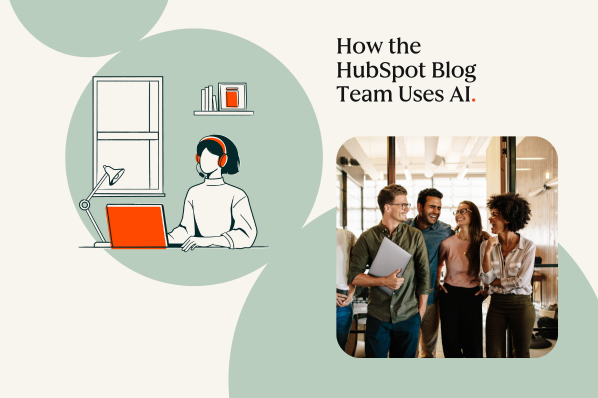Table of Contents:
- What is artificial intelligence?
- What is machine learning?
- Difference Between Artificial Intelligence and Machine Learning
- Capabilities of AI and Machine Learning
- Benefits of AI and Machine Learning
What is artificial intelligence?
Artificial intelligence is programming computers to complete tasks that usually require human input. A computer system typically mimics human cognitive abilities of learning or problem-solving.
What is machine learning?
Machine learning is when computers sort through data sets (like numbers, photos, text, etc.) to learn about certain things and make predictions. The more data it has, the better and more accurate it gets at identifying distinctions in data.
Machine learning typically needs human input to begin learning, but this is as simple as a human supplying an initial data set.
AI and machine learning are terms used interchangeably, but they shouldn’t be.
All machine learning is artificial intelligence, but not all artificial intelligence is machine learning.
Capabilities of AI and Machine Learning
There are great opportunities for businesses to leverage AI and machine learning; we’ll discuss a few below.
1. Recommendations and Algorithms
Businesses can use AI and machine learning to build algorithms that recommend products or services to users and correctly recommend products a user would like.
A great example is a streaming service’s algorithm that suggests shows and movies based on viewing history and ratings. These recommendations improve over time as the machine has more viewing history to analyze.
2. Image Search
When a machine is fed data in the form of images, it learns key characteristics and distinguishing features. This type of machine learning helps people use devices for visual search, and Google Lens is a great example of this.
Say someone is out in public and sees someone wearing a pair of shoes they like. They can’t identify a brand name, so they take a picture of the shoe using Google Lens. It scans the image for recognizable features and characteristics and searches the internet for a match, eventually driving the searcher to the exact pair of shoes.
3. Sentiment Analysis
AI and machine learning can understand the sentiment behind statements and categorize them as positive, neutral, or negative.
Social listening tools are a popular marketing application of sentiment analysis, and the tools typically analyze online conversations about brands and use keywords to determine if people are positive or negative in their statements.
4. Speech Recognition
Machines can also learn to detect sounds and sound patterns, analyze them, and use the data to bring answers. For example, Shazam can process a sound and tell users the exact song playing, and Siri can surface answers to a user's spoken question.
Benefits of AI and Machine Learning
Using AI and machine learning can bring a variety of benefits to a brand looking to leverage them:
- Data Analysis: When systems become more efficient in processing data, teams have a useful and accurate source of information that can help drive business decisions.
- Efficiency and Time Management: Machine learning and AI can take over everyday routine tasks and allow teams to focus on pressing issues that a computer can’t handle.
- Fast Solutions: Intelligent machines can come to solutions faster than humans can. For example, a human could generate a list of reputable sources on a topic, but Google Search would do it faster.
All machine learning is AI, but not all AI is not machine learning.
Artificial intelligence is a broad term, but it includes machine learning. If your business is looking into leveraging machine learning, it’s not a question of either or because machine learning can’t exist without AI.
Regardless of the distinctions, one thing is evident; artificial intelligence benefits businesses, and adapting tools into your business strategy can give you a leg up against the competition.
Artificial Intelligence





![AI email subject lines that drive 3x more revenue and actually convert [+ exclusive insights]](https://53.fs1.hubspotusercontent-na1.net/hubfs/53/ai-email-optimization-1-20251014-4500151-1.webp)






-1-20250905-2237709%202.webp)